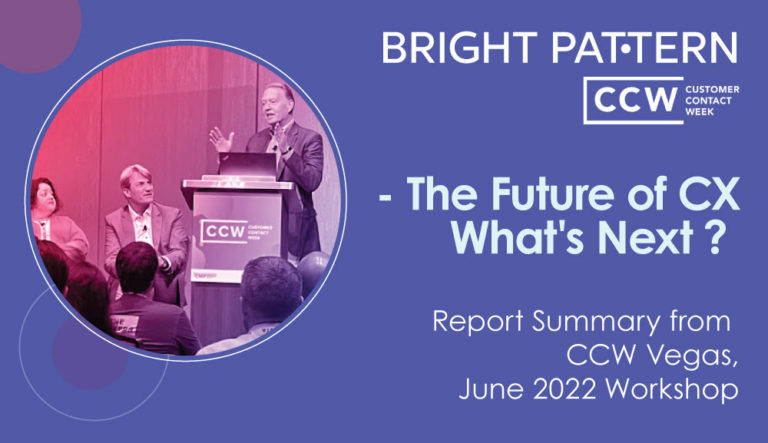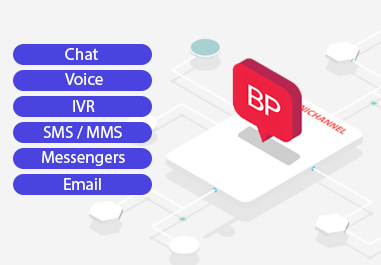Topic: What’s Next with Omnichannel Quality Management
Ted started off this section by sharing these slides and information from a recent Bright Pattern survey on omnichannel quality management.
The survey showed that:
- Improving CX is a Top 3 priority of most companies (Gartner)
- But you can’t improve what you can’t measure of most companies (Gartner)
- and most companies measurements involve sampling a few drops in the ocean of most companies (Gartner)
Furthermore, in the survey, it was shown that:
Quality Management Stuck in the Voice World
- Most interactions are not measured – sampling is pervasive
- Most digital and emerging channels are not measured
- Most measurements are “not in the moment” – too late to act

Ted commented: Most companies are not even measuring the quality of most digital channels, and when they do measure, it is very limited sampling. But with AI, we can measure every interaction on every channel with platforms like Bright Pattern. He also noted that quality needs to be measured often in real-time before it is too late to act. As the Gartner CEO says, there needs to be action “in the moment”, as the companies that will win and be the new disruptors are companies that can act in the moment. Ted noted that this is also shown in surveys and research for CCW and IQPC. Ted then shared a brief demo of omnichannel quality management in action to show what is possible (link here).
The video showed how you can search for any agent that is managed, and then show all interactions on any channel sorted by sentiment or CSAT for each interaction – including remote agents. This allows you to drill down andreview voice or screen recording of lower quality interactions. This helps with training and coaching immediately. It also allows you to better understand the quality of remote agents – per the last topic.
Panelist Views:
Jessica commented: She has many different call centers so she measures quality by each center or by each channel in each center. Her quality measurements are often different depending on the team, and the quality metrics that are needed for the particular contact center team can differ.
Othmar added: People expect a plug-and-play solution but few exist. It is important to have some automation as most companies don’t have or can’t afford an army of quality scientists. But grading calls alone is not enough given the shift to digital channels, and we need to strive to grade all channels and ideally 100% of interactions.
Jessica added: And it is not only grading agents, but the need for it to be a two-way conversation where agents can review an assessment and say I agree or don’t agree, and make it more interactive than a simple piece of paper. Having a system like Bright Pattern Omni QM is great because it measures all interactions and then lets the supervisor and agent score and coach. This can then lead to a discussion about the assessments as the whole team is in on this together.
Audience Comments:
A member of the audience added: We need to have the same approach with agents. We need to meet agents where they are and make them part of it. So there is no “big brother” watching them, but someone there to help them get better and listen to the agents to make the process better. Explain that we are there to help them and that they are being listened to. Let agents also talk about what they need to improve so it is a two-way dialogue.
Othmar added: When retraining agents, make sure to let the agent know that the info is for coaching and that we all get better together. It is not only about the “bad examples”, but also about the moments when someone does a 5-star job. We can also share these examples with other agents so that these great examples can be used for sharing, learning, and improving the entire team and organization.
Ted made a final comment that some people may not buy into AI sentiment grading. There can be errors so it is important that supervisors who are using the coaching tools in an Omni QM platform, such as Bright Pattern’s, also include human assessment into the quality management system. He also added that a simple low-effort survey such as a Lyft star-rating customer survey can be used with customers too. This approach allows both a passive measure of QM, such as sentiment, to be coupled with an active measure from the customer to have a more complete view of quality. The supervisor can then search for every interaction and see either sentiment or CSAT of all interactions with a CX platform like Bright Pattern.
The Full Bright Pattern “Future of CX – What’s Next?” Workshop E-book
The full recap of the Bright Pattern “Future of CX – What’s Next” is available for download. Click here to access the full ebook.





